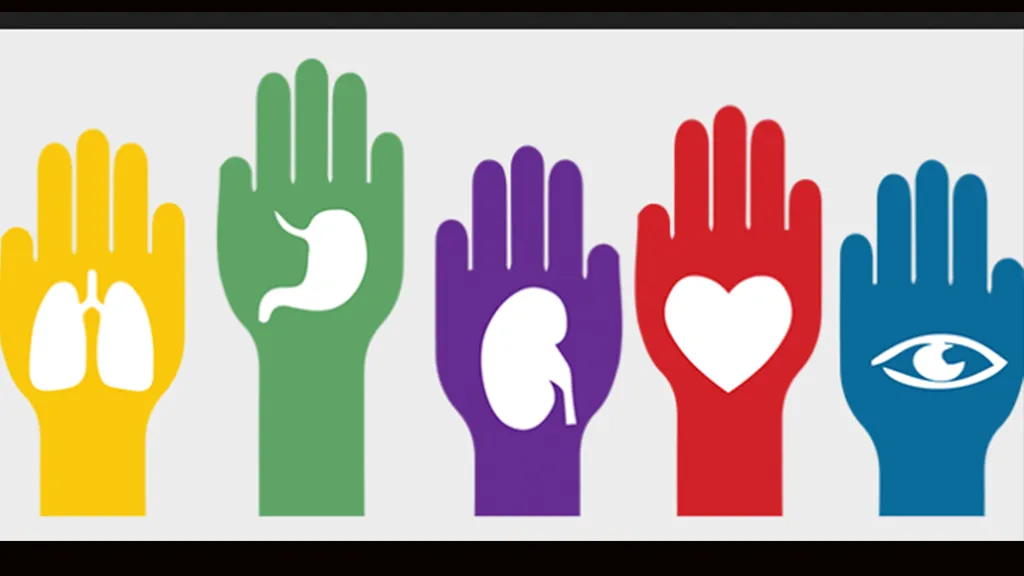This past Saturday a group of European experts and scientists have exhibited all the alternatives that science currently offers in terms of transplants in diabetes.
On a day organized by the European Research Group Drive have exposed more than a hundred patients, all alternatives and options at present of a pancreas transplant, a pancreatic islet transplant, as well as cellular therapies optionsthat are already being carried out in people with diabetes.
The day has also been attended by Paul Fox, a British with transplant diabetes of pancreatic islets, who has exposed his personal case.A day which was also attended by the president of the Spanish Diabetes Federation, Andoni Lorenzo.
Pancreas transplant in Spain
The Drive Patient Panel started with the exposure of the endocrine Gonzalo Maldonado to close to the investigation and the advances that in recent years have been carried out in the field of diabetes and specifically in transplants in diabetes.The director of the National Transplant Organization, Beatriz Dominguez, who confirmed that Spain remains a leader in organ donation and in the general transplant of these.However, there are certain problems that prevent transplants in diabetes, pancreas transplants, to be done in greater quantity in Spain.
In the specific case of pancreas transplantation, Dr. Dominguez said that in the problems are two.On the one hand that the type of donor of this delicate vital organ is over 45 years in large part and that hinders the transplant.And secondly, health professionals and patients do not have information about this technique that has been carried out since 1966, with very significant advances.
Pancreatic islet transplant
Less aggressive than the transplantation of a pancreas is the technique of pancreatic islet transplantation.Professor Johnson of the University of Oxford, the United Kingdom, and director of the Oxford islet transplant program, said that transplanting pancreatic islets is less aggressive because it is a very small part of the pancreas, which reduces the subsequent complications greatly.With this type of transplants in diabetes, in the words of Professor Johnson, it is not only sought to eliminate the external insulin application, if not reduce the number of unnoticed hypoglycemia that is a very common consequence in this type of transplanted patients.
After Professor Johnson, Paul Fox, a person with transplant diabetes of pancreatic islets shared his experience with the attendees.Since its life is transplanted, it has changed radically.It has reduced its insulin units from 8/9 to 1 a day.He continues to control his glycemia in a timely manner to correct on the march, but the great advance is that he has stopped needing to put insulin in the same quantities as before the transplant.
Cellular therapy
The third of the alternatives to the treatment of diabetes was exposed by the professor of the Cabimer and member of the cyberdem, Franz Martín.Professor Martin explained the important advances that are being achieved in the management of insulin -producing stem cells.Martin explained how in recent months important advances have been achieved above all in the regeneration of the vascular situation of a diabetic foot, through a technique consisting of the extraction of stem cells of the intertition fat of a patient, and like those cells, and like those cellsThey are injected, transplanted, in diabetic feet about to be amputated, to be recovered in a high percentage of cases.
The Drive Patient Panel closed the current director of the European project Drive, Professor Liam Burke.Burke explained how they aremaking important advances for the conservation of pancreatic islets.Basically with three lines of work.A gel that maintains them, a device that protects them and an infusion system that guarantees their conservation.Three devices that will allow in the very close future that can be carried out more pancreatic islet transplants with greater success and lower risk.


